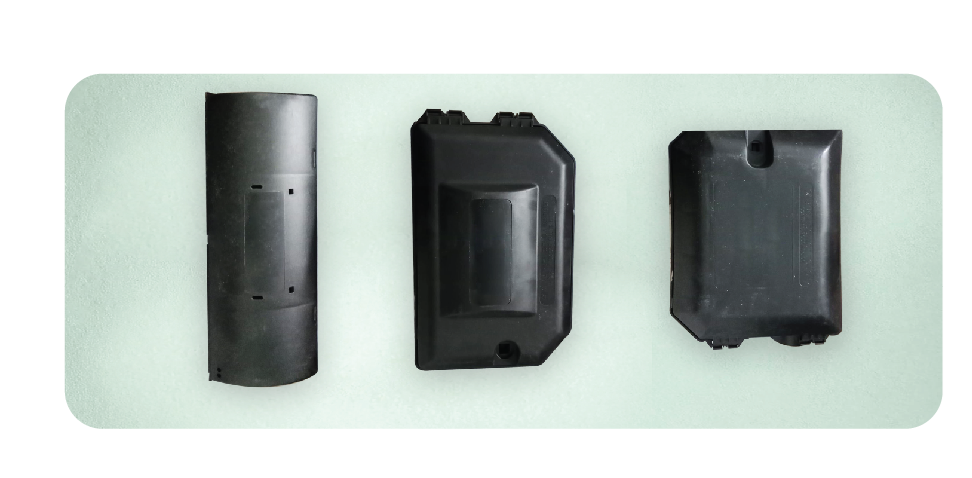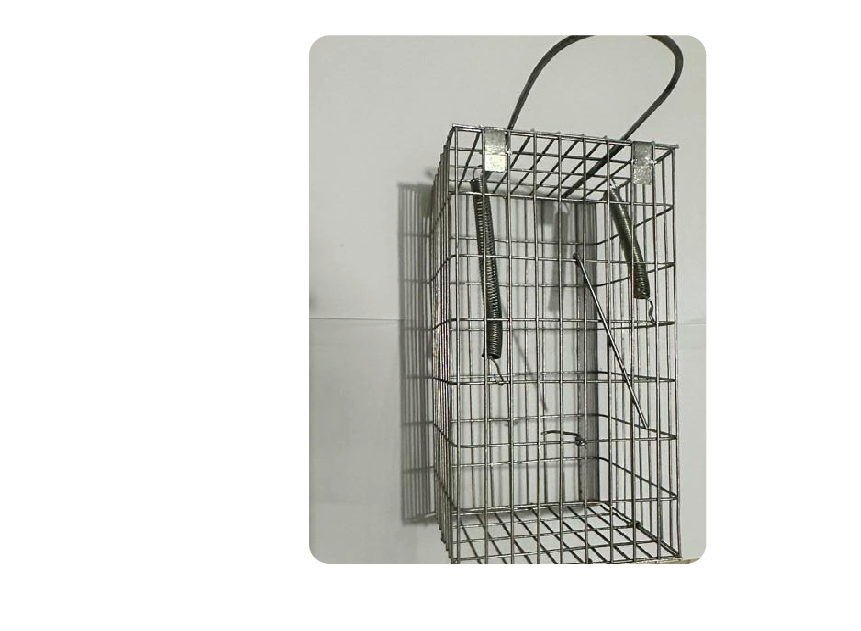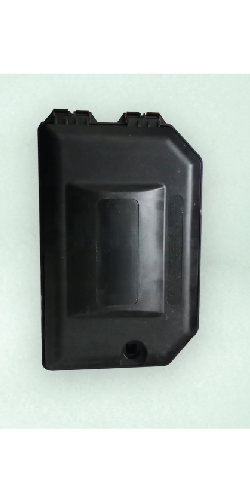A Comprehensive Guide to Mouse Bait Stations, Rodent Traps
Rodents, particularly mice, can be more than just a nuisance; they can pose serious health risks and cause significant property damage. Whether you’re a homeowner dealing with an unexpected infestation or a property manager seeking preventive measures, understanding the various methods for rodent control is crucial. In this blog, we’ll explore effective strategies, including mouse bait stations, rodent traps, and mouse snap traps to keep these little invaders at bay.

Why Rodent Control is Essential
Rodents like mice and rats are notorious for spreading diseases such as hantavirus, salmonella, and leptospirosis. Beyond health risks, they can gnaw through electrical wires, insulation, and drywall, leading to costly repairs. Therefore, maintaining an effective rodent control strategy is not just about comfort; it’s also about safety and preservation of your property.
What are Mouse Bait Stations?
Mouse bait stations are secure, tamper-proof containers filled with rodent bait, typically composed of poison formulated to kill mice. These stations are strategically placed in areas where you suspect rodent activity. They have a locking mechanism to prevent accidental access by pets and children, making them a safer choice for residential areas. Advantages of Mouse Bait Stations Effective Baiting: Bait stations entice mice to feed on the poison inside, effectively managing populations over time. Safety: Lockable designs prevent unintended harm to non-target animals or children. Disposal: As the bait is contained within the station, clean-up is usually more manageable.
Place bait stations in:
Always follow the manufacturer’s instructions regarding bait placement and refilling.


Overview of Rodent Traps
Rodent traps come in various types, including snap traps, electric traps, and glue traps, designed to catch mice either instantly or hold them until they can be disposed of. For effective pest control, combining traps with bait stations can maximize your success. Types of Rodent Traps Snap Traps: These are the classic mechanical traps that deliver a quick kill. Electric Traps: These traps use a high-voltage shock to eliminate mice swiftly. Glue Traps: A less humane option, these traps immobilize rodents until they can be disposed of. Choosing the Right Trap Snap Traps: Best for immediate capture, ideal for active areas. Electric Traps: Suitable for those looking for a cleaner, high-tech solution. Glue Traps: While easy to use, they may lead to prolonged suffering for the captured mouse.
Mouse Snap Traps
How They Work Snap traps utilize a spring-loaded mechanism that snaps shut when the bait is triggered. They are designed for a quick, humane kill, making them one of the most effective options for rodent control. Setting Up a Snap Trap Bait the Trap: Use peanut butter, cheese, or other enticing food as bait. Placement: Set the trap along walls or in areas where mouse activity is noted. Mice tend to run along edges, so position traps accordingly. Safety: Avoid placing traps in areas accessible to pets or children. Maintenance Check traps frequently to ensure they are functioning and to dispose of any caught rodents promptly. Regular monitoring helps control rodent numbers effectively and humanely. Combining Strategies For the best results, consider a multi-faceted approach to rodent control: Use Bait Stations in conjunction with traps: Place bait stations in various locations and set traps along known rodent pathways. Seal Entry Points: Prevent future infestations by sealing gaps in floors, walls, and around utility pipes. Maintain Cleanliness: Remove food sources, keep spaces clutter-free, and regularly dispose of trash to deter rodent activity.

